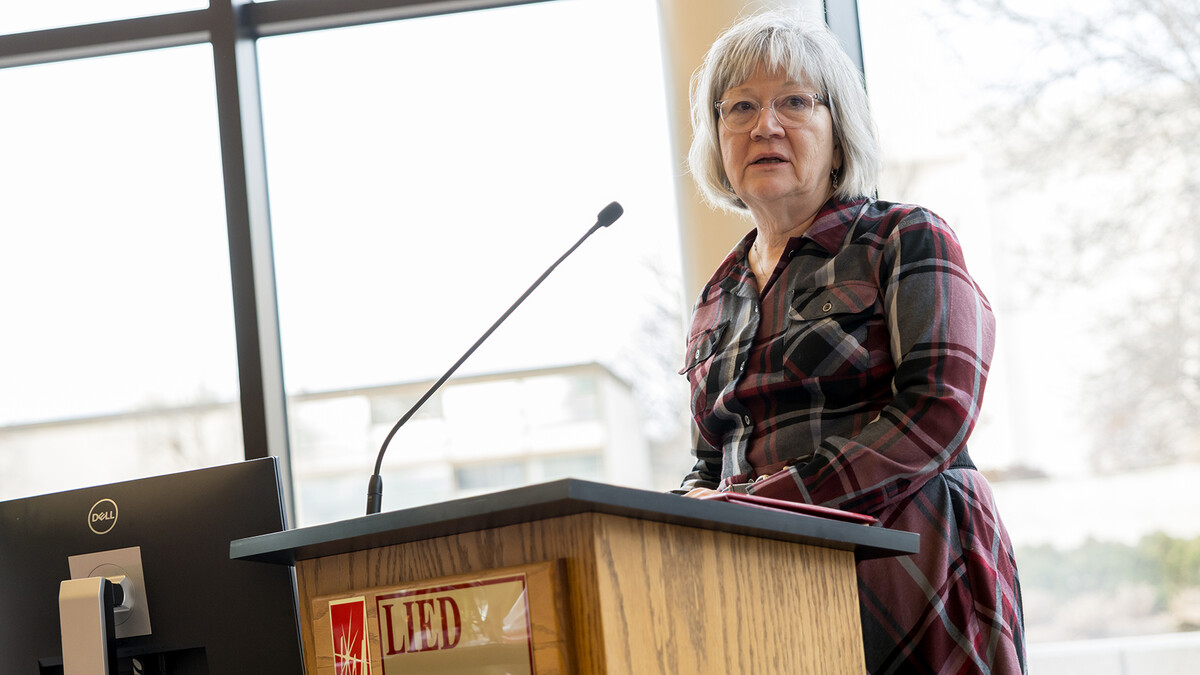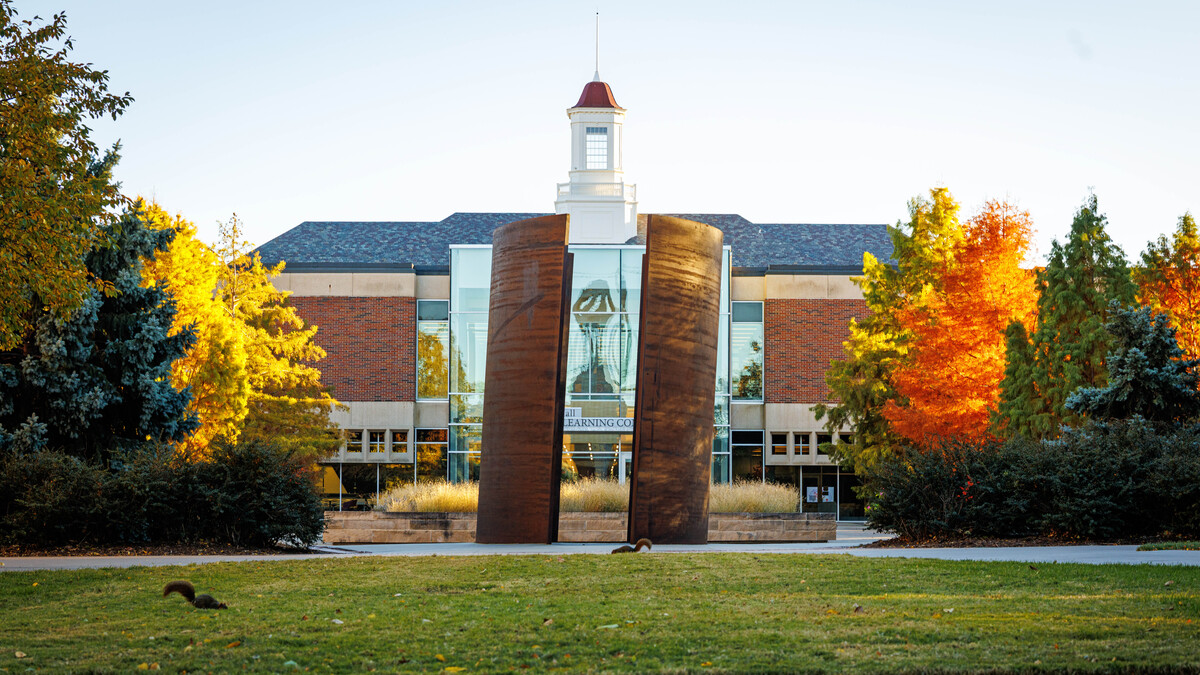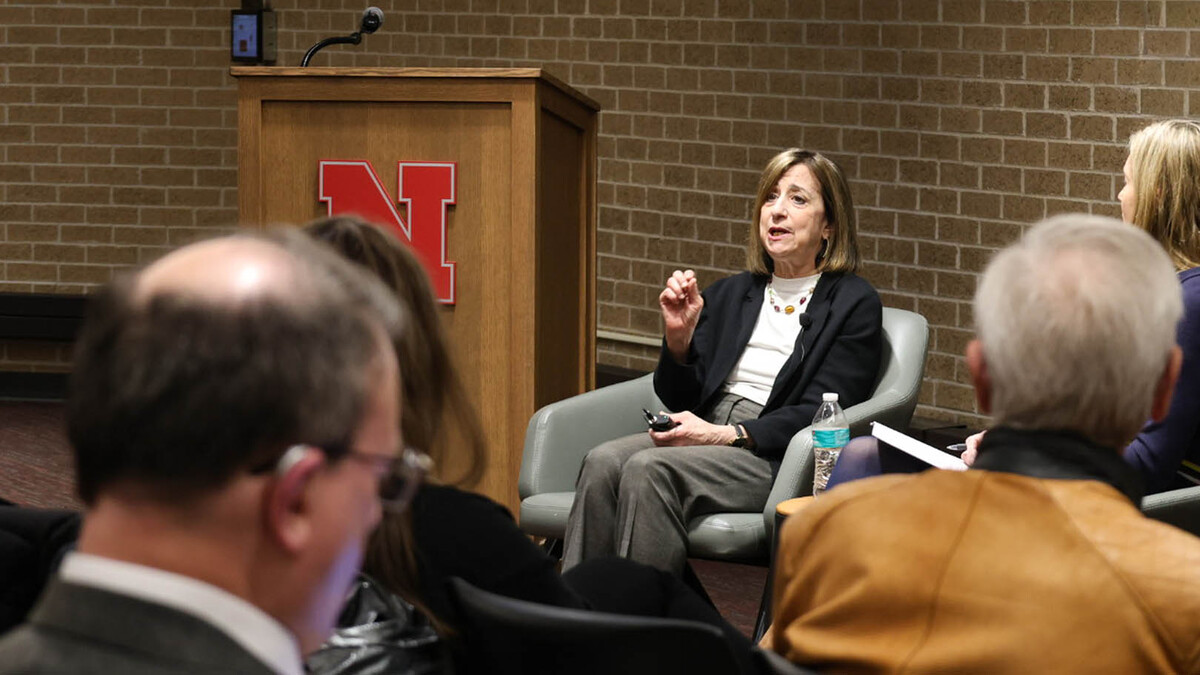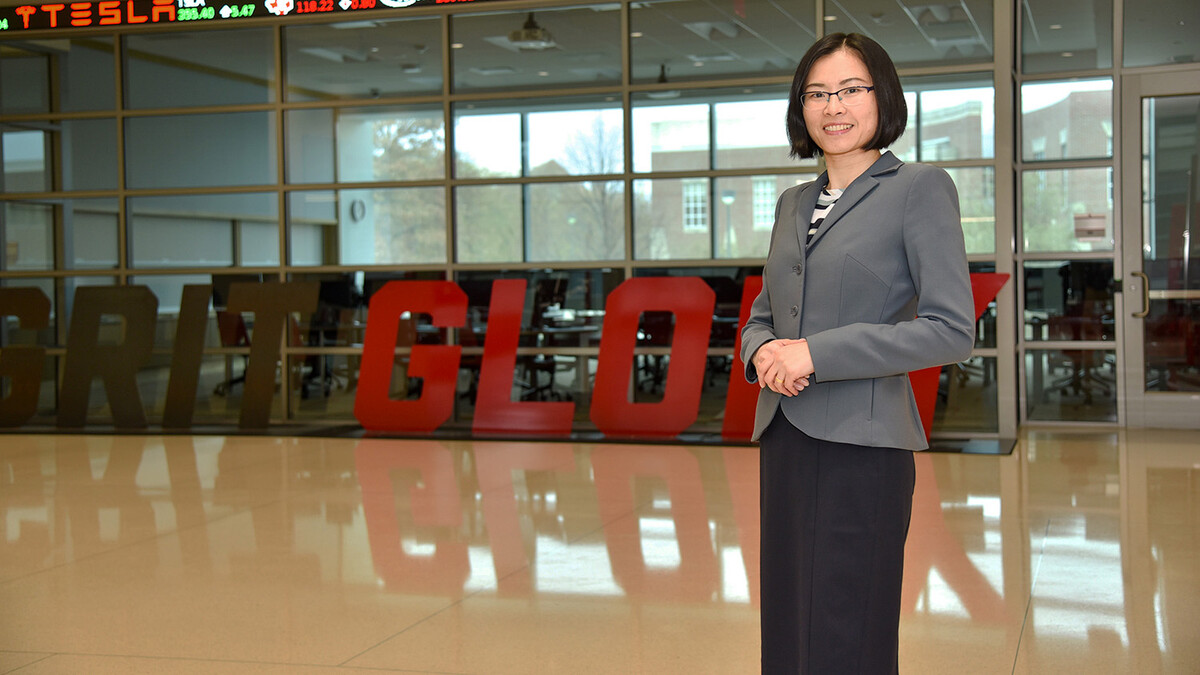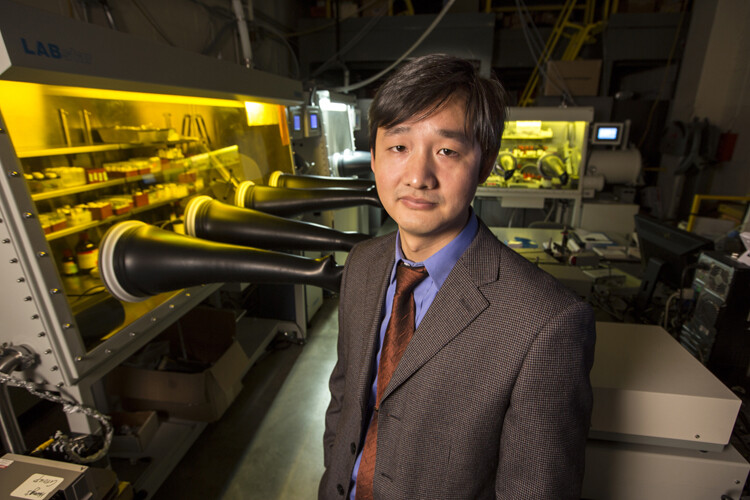
In an article published Jan. 11 in the inaugural issue of Nature Energy, three University of Nebraska-Lincoln researchers describe an innovation that could help make perovskite-based solar cells more competitive with those made from silicon.
The race to develop perovskite solar cells that can replace silicon cells is highly competitive, said Jinsong Huang, who heads UNL’s research effort into perovskite solar cells.
The results found by Huang’s team were included in a journal newly established to support a concerted effort by academia, industry and government to address critical global challenges relating to energy.
Perovskites are a group of materials that have a distinctive crystal structure of cuboid and diamond shapes. They are known for their superconducting and ferroelectric properties. During the past four or five years, as scientists have learned more about their ability to absorb photons of light, perovskites have emerged as a potential alternative to silicon.
“Silicon is too expensive to compete with fossil fuels and coal,” Huang said. “Before solar cells can be broadly adopted, we need to drive the cost down by half to be competitive with other sources of energy.”
While perovskite solar cells are less expensive than their silicon equivalents, they need to be fine-tuned to more efficiently convert energy, Huang said. To be marketable, he said, a single-layer perovskite solar cell needs to reach 25 percent efficiency – that is, be able to convert 25 percent of the energy absorbed from the sun into electrical energy.
Huang said he and his research team hope to reach that goal within three to five years.
The innovation described in Monday’s article involves applying heat and a solvent to a chemical layer that transports energy absorbed by the perovskite to an electrode. Though the effects are not visible to the naked eye, Huang said this “solvent annealing” process is like polishing a rough floor so that objects will move more easily across it.
Huang and his team reported that the annealing process increased the perovskite solar cells’ efficiency by more than 2 percentage points, to 19.4 percent. The UNL scientists are seeking a patent for their discovery.
In commentary also appearing in Nature Energy, Yanfa Yan of the University of Toledo said Huang’s team had identified an important direction for further improving the efficiency of perovskite solar cells.
Huang is Susan J. Rosowski Associate Professor of Mechanical and Materials Engineering. Engineering graduate student Yuchuan Shao and research scientist Yongbo Yuan also worked on the study.


